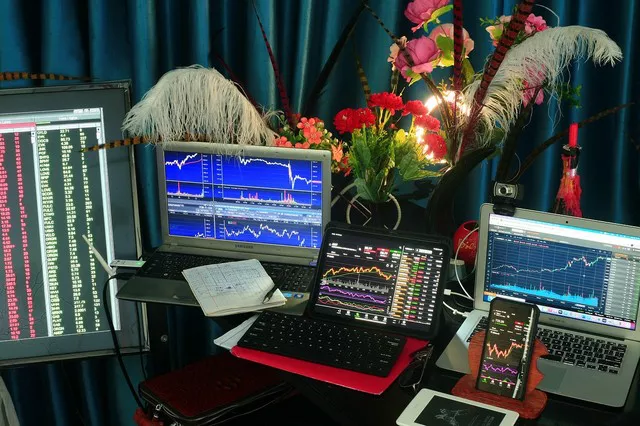Futures markets are dynamic arenas where traders engage in buying and selling contracts based on the future price of various assets, including commodities, currencies, and financial instruments. One critical aspect of futures trading is marking to market, a process that involves adjusting the value of futures contracts to reflect current market prices. In this article, we will explore how futures are marked to market, the significance of this process for traders and investors, and its impact on futures market dynamics.
Understanding Futures Marking to Market
Marking to market is a daily process used to calculate the value of futures contracts based on their current market prices. Unlike other financial instruments such as stocks or bonds, which may be held for an extended period before their value is realized, futures contracts are settled daily through marking to market. This means that at the end of each trading day, the gains or losses on futures contracts are calculated and credited or debited to traders’ accounts accordingly.
The marking to market process ensures that traders maintain sufficient margin in their accounts to cover potential losses and fulfill their obligations under the futures contracts. By adjusting the value of futures contracts to reflect current market prices, marking to market helps maintain transparency, liquidity, and efficiency in futures markets, reducing counterparty risk and enhancing market integrity.
See Also: How to hedge Banknifty futures?
Significance of Futures Marking to Market
Futures marking to market plays a crucial role in risk management, price discovery, and liquidity provision in futures markets. By settling contracts daily based on current market prices, marking to market helps traders and investors manage their exposure to price fluctuations and mitigate the risk of significant losses. Additionally, marking to market facilitates price discovery by reflecting changes in supply and demand dynamics, investor sentiment, and macroeconomic factors in futures prices.
Moreover, marking to market enhances market liquidity by ensuring that traders can enter and exit positions easily at fair and transparent prices. As futures contracts are settled daily, traders can adjust their positions in response to changing market conditions, providing liquidity and price stability in futures markets. This liquidity benefits all market participants by reducing transaction costs, minimizing slippage, and improving execution quality.
Process of Futures Marking to Market
The process of marking to market begins at the end of each trading day when the settlement price of each futures contract is determined. The settlement price is typically based on the last traded price of the contract or a specified reference price determined by the exchange. Once the settlement price is established, the gains or losses on each futures contract are calculated by comparing the settlement price to the previous day’s settlement price.
If the settlement price is higher than the previous day’s settlement price, traders holding long positions in the futures contract realize a profit, which is credited to their trading accounts. Conversely, if the settlement price is lower than the previous day’s settlement price, traders holding long positions incur a loss, which is debited from their trading accounts. Similarly, traders holding short positions in the futures contract realize profits if the settlement price is lower than the previous day’s settlement price and incur losses if the settlement price is higher.
Impact of Futures Marking to Market on Market Dynamics
Futures marking to market has a significant impact on market dynamics, influencing price movements, trading activity, and investor behavior. The daily settlement of futures contracts based on current market prices ensures that prices accurately reflect supply and demand dynamics, investor sentiment, and fundamental factors affecting the underlying assets. This price transparency and efficiency attract liquidity providers, arbitrageurs, and speculators to futures markets, enhancing market depth and reducing price volatility.
Moreover, futures marking to market incentivizes active participation and risk management among traders and investors. Knowing that their positions are settled daily based on current market prices, traders are motivated to monitor market developments closely, adjust their positions accordingly, and manage their risk exposure effectively. This proactive risk management contributes to market stability and resilience, reducing the likelihood of disorderly price movements and market disruptions.
Conclusion
In conclusion, futures marking to market is a fundamental process that ensures transparency, liquidity, and efficiency in futures markets. By settling contracts daily based on current market prices, marking to market helps traders and investors manage their risk exposure, facilitates price discovery, and enhances market liquidity. The process of marking to market involves calculating gains or losses on futures contracts based on the difference between the settlement price and the previous day’s settlement price. This daily settlement process incentivizes active participation, risk management, and price discovery in futures markets, contributing to their integrity and functionality. Overall, futures marking to market is a cornerstone of modern financial markets, providing a mechanism for fair and transparent price determination and fostering confidence among market participants.


